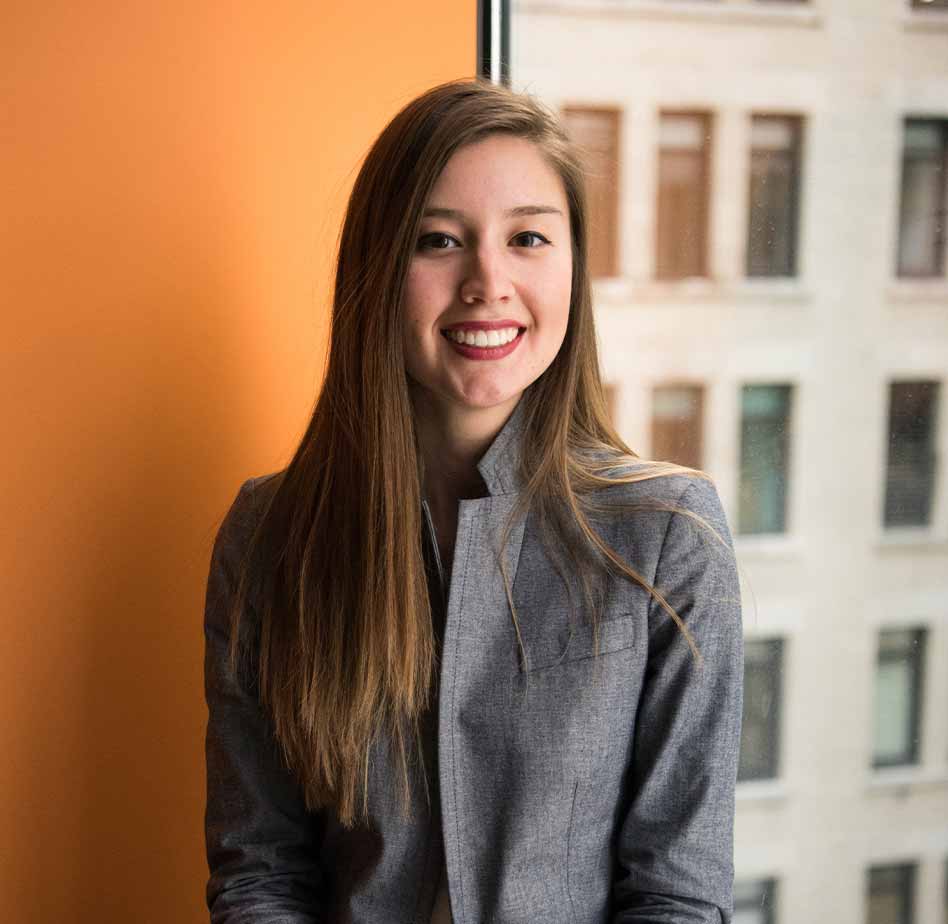Navigating First-Time Homeownership.
At Lightning Funding, we’re dedicated to simplifying the first-time homebuying experience. Our experienced team provides personalized guidance and quick pre-approvals, ensuring you secure the best mortgage rates and terms.
- Personalized Guidance: Tailored mortgage solutions to your unique needs.
- Quick Pre-Approvals: Get a competitive edge in the housing market.
- Expert Advice: Benefit from our mortgage expertise and insights.
- Simplified Process: We simplify paperwork and documentation.
- Ongoing Support: Count on us for assistance even after your purchase.


Case Study.
Mike Jones, a 33-year-old product manager, bought his first home nearly two years ago. At the time, he and his fiancé were also planning their wedding and expected to spend a good chunk of their savings on the reception. So coming up with the traditional 20% down payment for their $560,000 dream home — a 1930s craftsman bungalow near Berkeley, Calif. — wasn’t a possibility. “There were a lot of expenses right around then, and we knew coming up with a down payment would be a challenge,” he says. Mullarkey’s mortgage broker found a cost-effective solution for the young couple. By taking out two mortgages — something the industry calls a piggybacked loan — they were able to finance the home with just a 10% down payment. The arrangement also let them avoid paying private mortgage insurance, costly coverage lenders often require for low-down-payment loans. That shaved $100 from their monthly mortgage costs.
The biggest challenge for most first-time home buyers is saving up enough money for a down payment — especially in markets like San Francisco and New York City, where home prices have soared over the last few years. But thanks to a growing assortment of financing options, it’s increasingly possible to find mortgages for as much as 96.5% of a home’s value. In other words, you could put down as little as $10,500 for a home that costs $300,000.
Sounds great, doesn’t it? And for some cash-strapped home buyers, these deals could make financial sense. But they can also be expensive. As Keith Gumbinger of HSH Associates, a mortgage-tracking firm, puts it, “There is no free lunch.” For starters, you’ll get stuck with a higher interest rate on a loan with a teeny down payment. And because lenders figure the odds are higher that you’ll walk away from your loan if you have almost no equity in your home, you’ll have to buy private mortgage insurance, which covers the bank if you default. That usually adds a 0.5% to 0.75% premium on top of your interest rate, says Jeff Lubar, a spokesman for the Mortgage Insurance Companies of America. So on a $178,286 loan, you could end up paying an extra $75 to $110 a month.
But even with these higher costs, there are still plenty of reasons it makes sense to own your own home. Besides the intangible benefits, homeownership lets you build equity, and is the single biggest tax break available to most consumers. For more on deciding whether you are better off renting or buying, try our calculator.
So what if, after crunching the numbers, you decide it’s time to buy your piece of the American Dream? Here’s our look at some smart strategies for first-time home buyers.
Useful Information.
Why? First, credit-card debt is expensive and limits your ability to save. The average interest rate on credit cards now stands at 13.8%, or more than double the 5.33% national average for a 30-year fixed-rate mortgage, according to Bankrate.com. Second, credit-card debt will limit how much you can borrow. That’s because lenders won’t allow your total monthly debt service — which includes payments for credit cards, student loans and car loans, as well as homeowner’s insurance, property taxes and a mortgage — to exceed 40% of your gross income, Vella says.
Worried you don’t have perfect credit? Thanks to Fannie Mae’s “expanded approval” program, consumers with slightly blemished credit can also qualify for mortgages at competitive rates that are as much as two percentage points lower than alternative financing. “These are people who might not qualify for fair-market value rates from traditional lenders,” says Liz Bayless, director of single family product development at Fannie Mae.
Still having trouble coming up with that down payment? Each year HUD gives states and municipalities money to distribute to low- and moderate-income families for housing. Much of it is put toward down-payment assistance programs. Many young prospective home buyers may qualify for a $3,000 to $5,000 grant (or in some cases a loan that’s forgiven if a home buyer stays in the home for at least three years) to put toward their down payment or closing costs.
Let’s Connect.
Offices
5301 Gulfport Blvd. Suite 2 Gulfport, FL 33710
MLS#: 156342
"*" indicates required fields
